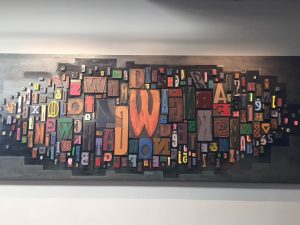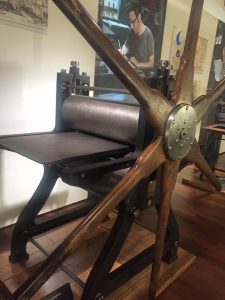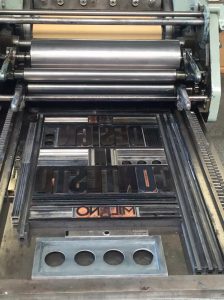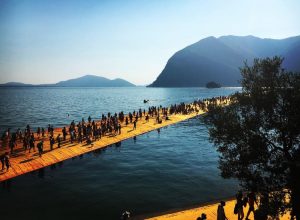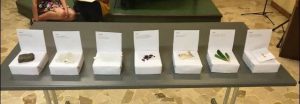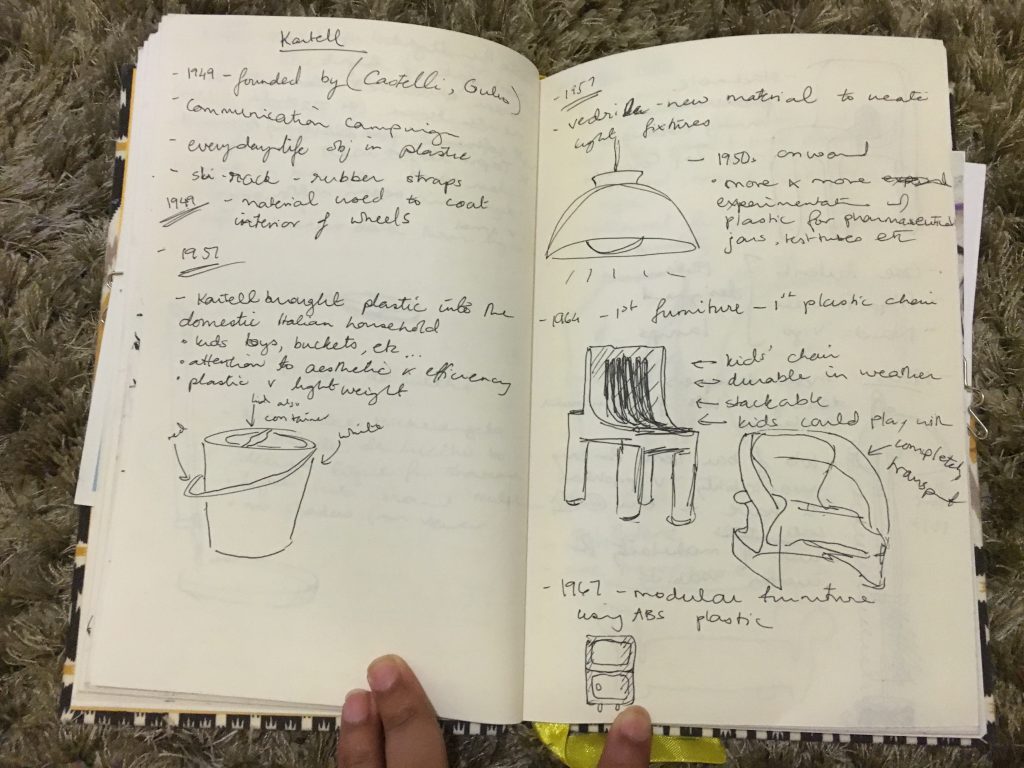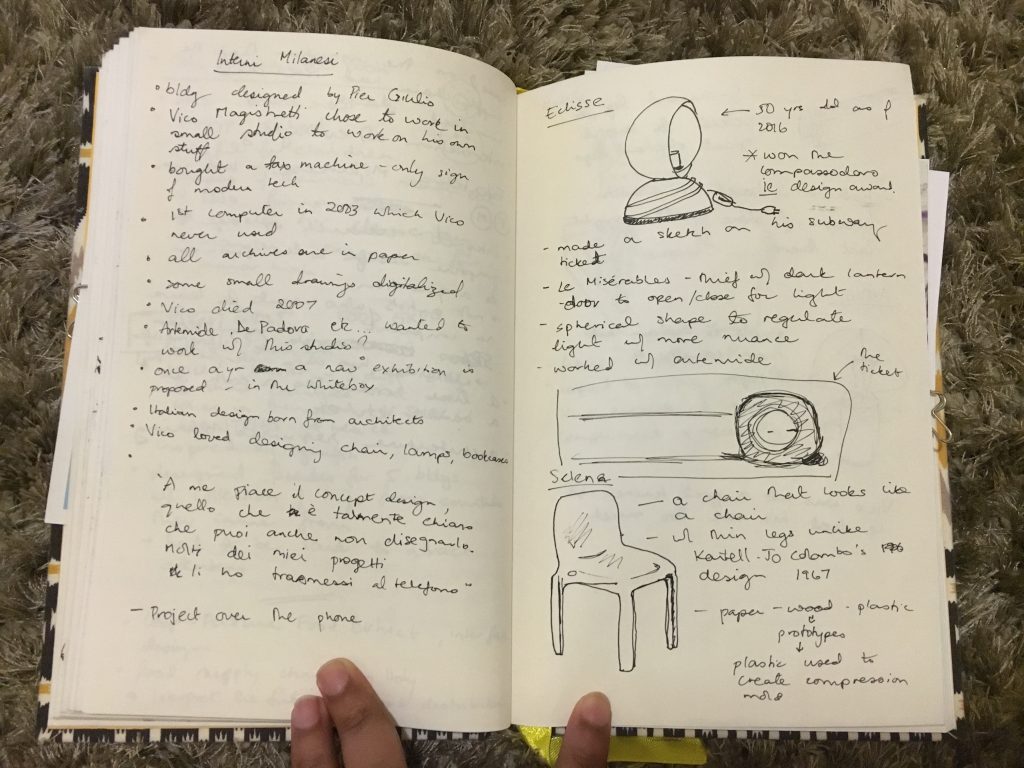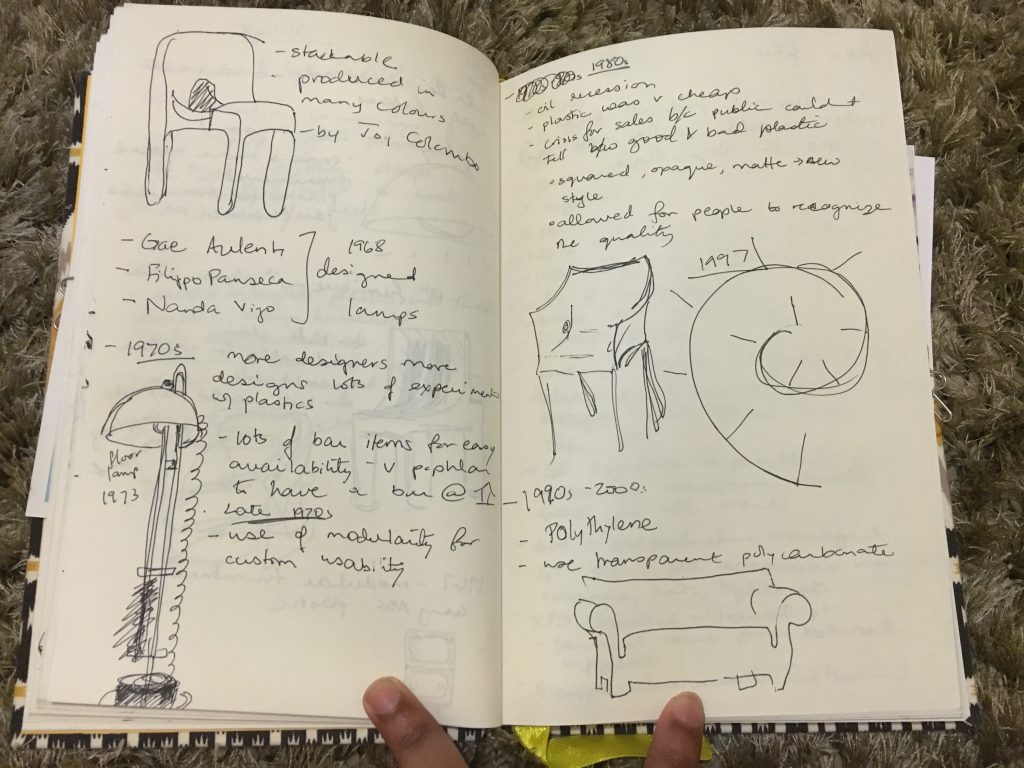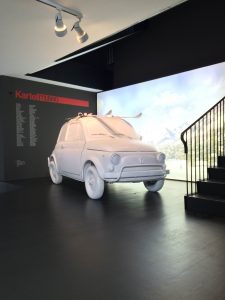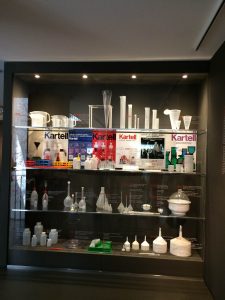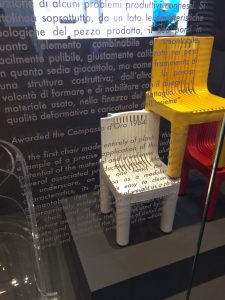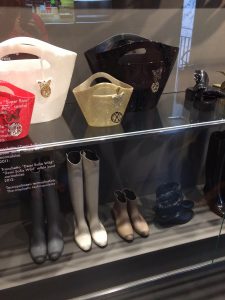Within the early days in Milan I had already pinpointed the strong use of geometry within not only their architectural design, but in many details of their urban landscapes. One of the most notable uses of geometry that could be found within almost any setting in the city was the various pavements/ ground coverages. Even on day one when we ventured our the the Duomo and Galleria, the mosaics and pavement patterns caught my attention. Although both the Duomo and the adjacent Galleria present more ‘natural’ forms in their architectural and sculptural design, the pavements that create the large gathering space for both of these prominent structures are most definitely more reliant on geometrical forms.
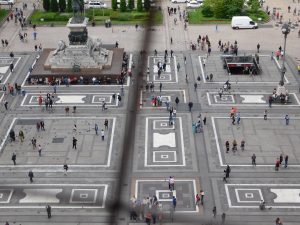
As many of my weekly blog posts have mentioned, there is a strong use of geometry in almost every ground covering or pavement that is noteworthy. Even the handful or more organic forms utilized geometrical shapes and principals more heavily than ‘natural’ inspiration. The most organic forms were found on the islands of Lago Maggoire, unsurprisingly. However, looking back through my sketchbook, I find it interesting that Milano presented more of a hybrid between geometrical forms and natural/ organic forms in their various ground coverings. This is mainly in comparison with Roma and Firenze, where there seemed to be an even more strictly geometrical inspiration of forms in the floors that I had noted.
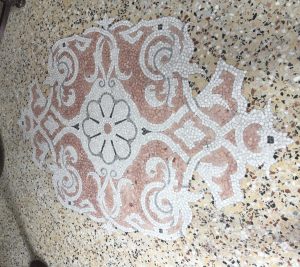
While the history of each place most definitely defines the styles utilized, I find it noteworthy that the places that were more inclined towards geometry over organic forms were further away from coasts/ large bodies of water and larger geographic icons (ie. mountains) than in comparison with the islands and even Milano. Perhaps the geography of each landscape influenced design aesthetic more than realized at the time and therefore the overlap of geography in Milan presents more variety in forms.
